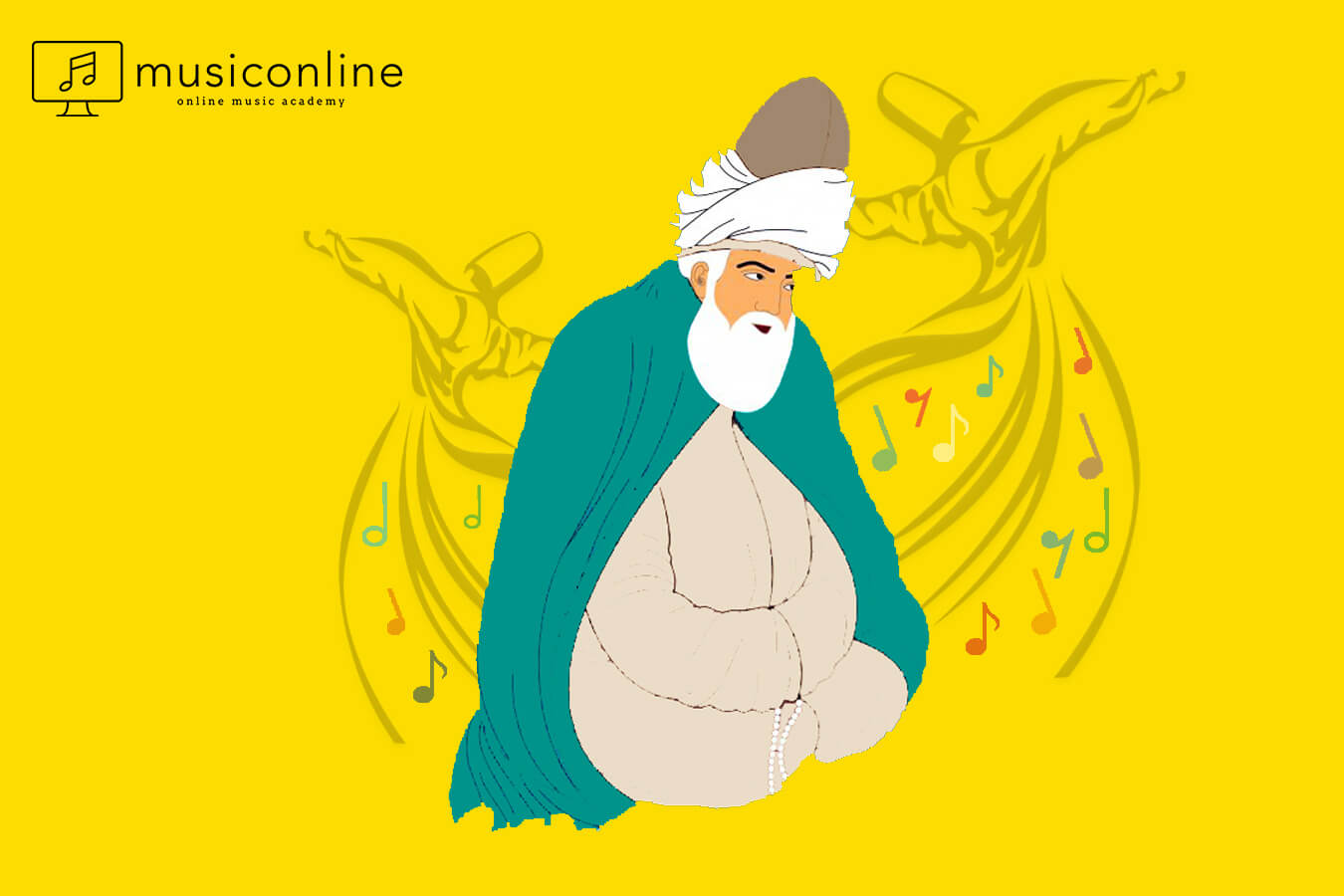musiconline blog
news about us & everything about music on our blog!
Music and Colors
Music and colors are believed to be related for a long time. This idea was first proposed with an artistic motivation however, their structural similarities are about to be proven scientifically.
Similar to musical notes, each and every color has its unique character and dynamic. Purple is a good example for this. The feelings purple triggers are highly varying and can't be described with sharp lines. A musical piece can have different effects on different people. We have previously covered how music affects our psychology and brain.
Linking music with colors was a popular trait in both scientific and artistic communities. Sir Isaac Newton, claimed that the colors red, orange and yellow are directly linked with the musical chords Do, Re and Mi major. Nikolai Rimsky-Korsakov thought "sunlight was Do major" and L. van Beethoven believed Si minor to represent black.
There are two aspects of the relationship between music and colors. So far we have covered the emotional aspect. This is not and most likely will not be backed up by positive signs and any claim is highly subjective. However, there is scientific aspect of this relationship and supported by fields of physics and mathematics. According to Harvard Dictionary of Music, it possible that music and colors have closer relationship than initially observed.
According to the most recent study about the topic, wavelengths of colors and notes are similar in terms of mathematics. Photo Acoustics Ratio, the mathematical ratio between colors and musical notes, is calculated by a complex formula of seven main colors' wavelength values and seven notes'.
The study shows that octaves codes from 0 to 7 has a logarithmic relationship with the brightness index of 7 main colors. Although it may be exciting, there is still a long way to go. These findings can only be considered as a hint from a scientific perspective.
Colors are mostly used to enhance the listeners' feelings. Stage decoration, light shows and music videos are mainly governed by how colors make us feel.


